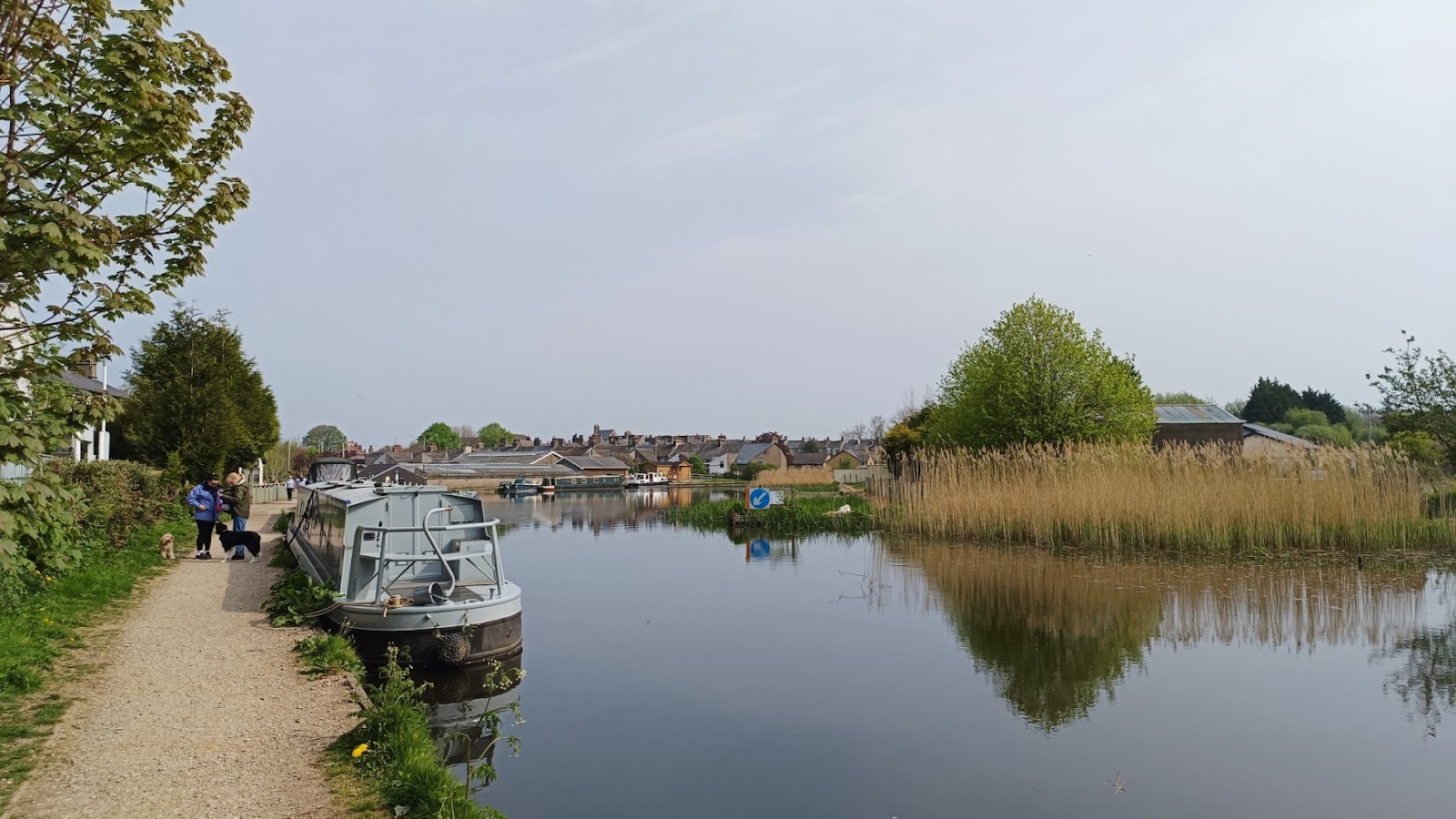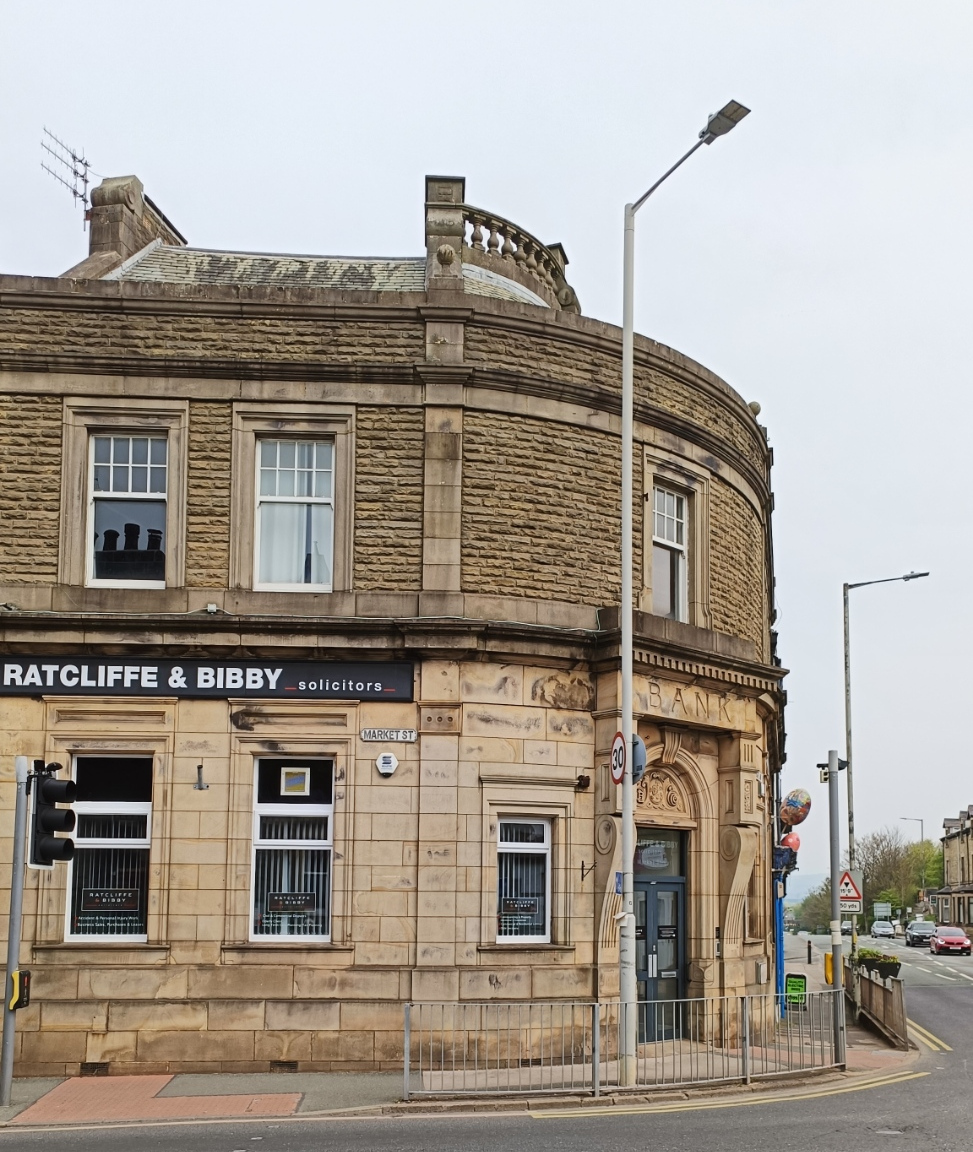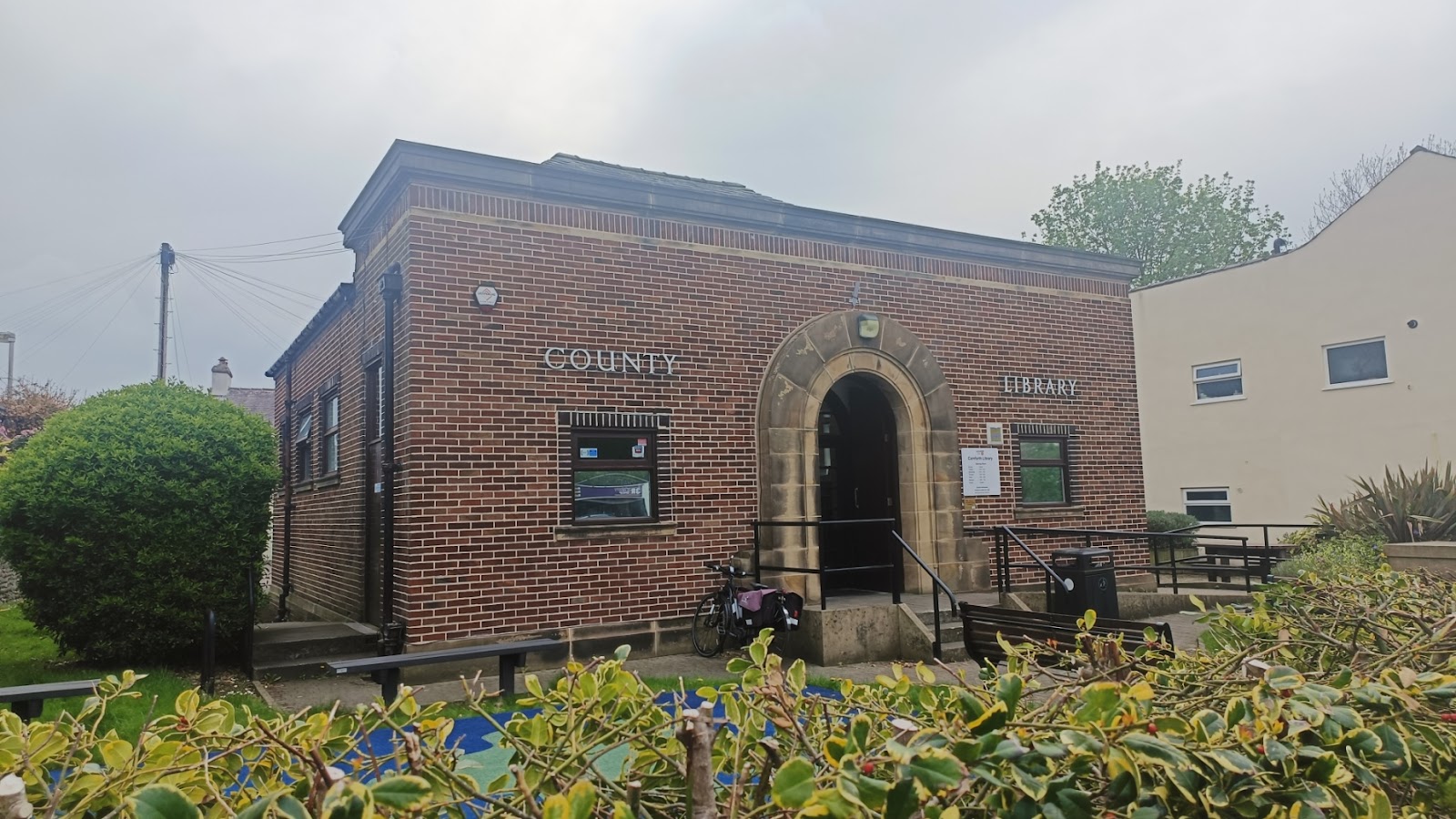Carnforth
Carnforth is a small town seven miles north of Lancaster, its main claim to fame being that it was used for filming Brief Encounter in 1945.
The Lancaster Canal runs along is east side, and I started my walk from bridge 127, on the south side of the town.
On the opposite side of the canal, Thwaite Gate Farm can be seen, looking like it has not changed since the canal was built.
The canal widens as it swings to the right. I wondered if this was where the town wharves were, but I can see no sign of that on old maps. Note the nesting swan in the centre of the image!
There is a pub here, called the Canal Turn. Clearly an old building, but it seems to have only been a pub since 2001.
The view looking back at the pub from a little further along.
The canal skirts the edge of the town, and feels very rural.
This is where it passes under the B6254, Kellet Road, the main road to the M6. The inner arch will be the original road, which got widened by adding the outer arch, and then the pedestrian bridge was added later still.
The third Carnforth bridge is not much further along.
The view from the bridge looking northwards.
I left the canal at this point, going up a short, but quite steep hill, to North Road, which has a lot of interesting buildings on it, including this old farm.
And Carnforth Hall, which tells us it was built in 1755.
Many of the other houses are quaint in their own way, if less impressive. Those doorways are only about five and a half foot tall.
At the bottom of the hill, North Road meets Market Street (which becomes Kellet Road), and at the junction is the Shovel Inn which is Grade 2 listed, though in my view not that interesting to look at.
A short walk along Market Street takes us to the centre of Carnforth, where that road crosses the A6. On the west corner of the junction is the Carnforth Hotel.
Whilst on the north was a bank. While it proclaims its former identity, it gives no clue about the company. When it closed in 2017, it was Nat West; I would guess something more local when it opened.
Market Street continues, heading downwards. This is the view looking back. The cars on the other side of the road are queuing for the traffic lights at the A6 junction. Carnforth seems big on queues of traffic.
The old Roxy cinema, which closed in 1961, and the fire station.
And on the other side of the road (you can tell which side of the road I am facing by the direction the traffic is queuing), the Royal Station Hotel.
Just beyond the Royal Station Hotel you will not be surprised to find the station.
Carnforth was a big deal in the railway world at one time. It was on the Lancaster and Carlisle Railway, which became part of the London North Western Railway route from London Euston to Scotland, but was also the junction for the Furness Railway to Barrow and the Midland Railway to Leeds via Bentham. The presence of limestone locally and iron ore from the Lakes led to the development of an iron works, and from that to a railway works - in fact two, one for the LNWR and one for the MR. After the demise of steam on British Railways, the MR depot continued for preserved locos for a while as "Steam Town". Steam Town closed in 1998, and the site is now used by West Coast Railways, who run charter trains on the network, often over the nearby Settle and Carlisle.
As for the station, the LNWR platforms are now closed - trains on the WCML just go straight through.
The MR platforms are still open, for trains to Barrow and Leeds, and curve dramatically to the west.
From the platform, the remains of Steam Town can be seen. In the background, the water tower, coaling tower and ash tower can be seen, left to right.
At the north end there is a signal box of very unusual design.
Most signal boxes have big windows so the signal operators have a good view in all direction, but here they decided to go gothic for some reason. More about it here.
The central platforms have been transformed to celebrate Brief Encounter, with a museum, cafe and gift shop. This includes a model of the film being made.
There is a tiny cinema with the film showing continuously.
Beyond the station is what remains of the iron works. A comprehensive history of that here.
Leaving the railway, we head south to the left of the Royal Station Hotel, up New Street, with this delightful little shop on the left.
And further up the Co-operative Society Buildings, which opened in 1888, with several shops and a public hall above. Not sure why the photo looks so misty.
New Street leads us to the A6, and continuing south we get to the library, which looks identical to the one in Penwortham.
And finally we are back at the Canal Turn, and can see it from the other side.
There is a tiny cinema with the film showing continuously.
Beyond the station is what remains of the iron works. A comprehensive history of that here.
Leaving the railway, we head south to the left of the Royal Station Hotel, up New Street, with this delightful little shop on the left.
And further up the Co-operative Society Buildings, which opened in 1888, with several shops and a public hall above. Not sure why the photo looks so misty.
New Street leads us to the A6, and continuing south we get to the library, which looks identical to the one in Penwortham.
And finally we are back at the Canal Turn, and can see it from the other side.

































Comments
Post a Comment